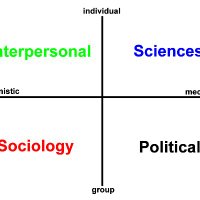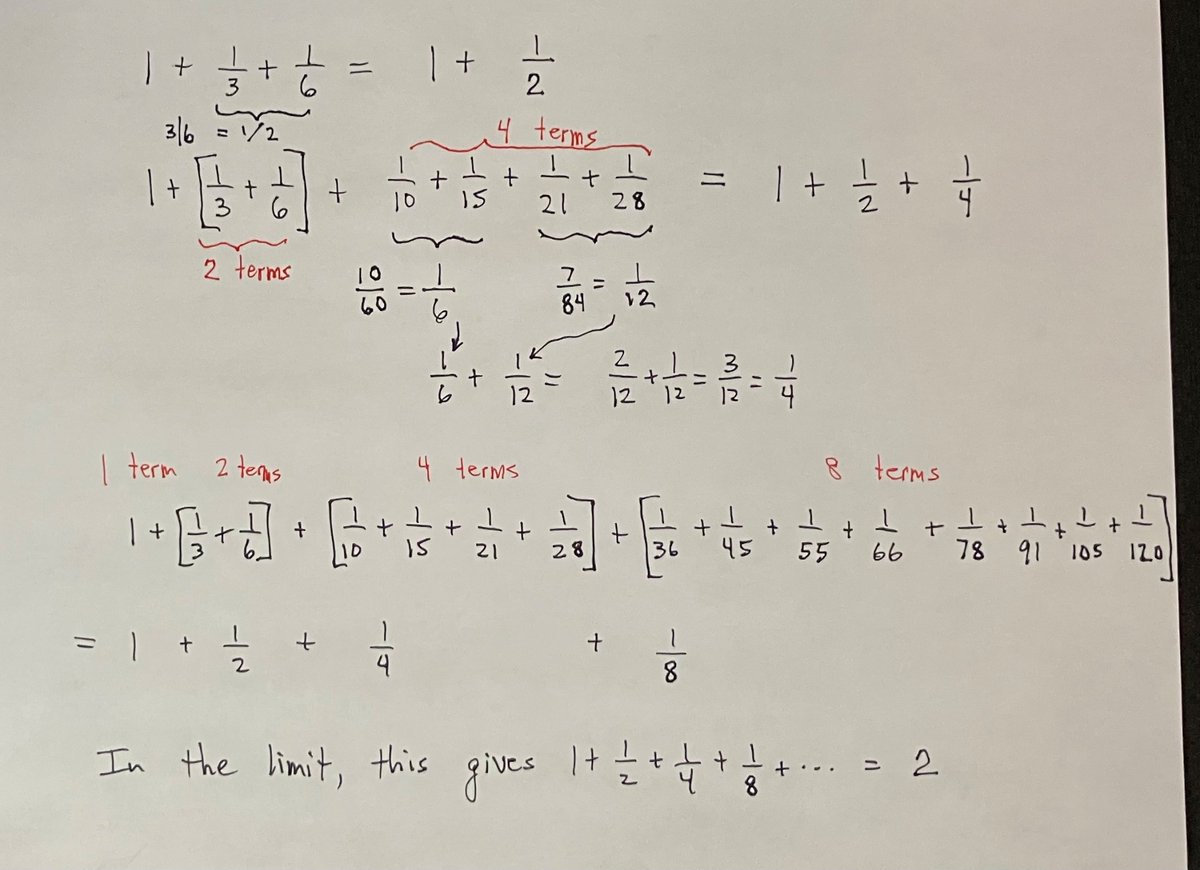
Viktor Blåsjö
@viktorblasjo
History of mathematics; implications for historiography and philosophy of science, education; polemics thereof.
ID: 744489035394129920
http://intellectualmathematics.com 19-06-2016 11:16:33
1,1K Tweet
3,3K Followers
736 Following


"In the late 18th and early 19th centuries, the political situation in southern Italy was torn between tradition and modernity", begins Viktor Blåsjö Viktor Blåsjö's review zbmath.org/1526.01001 of Massimo Mazzotti's 'Reactionary mathematics. A genealogy of purity.' ... 1/3

The Utrecht University UtrechtSummerSchool Geometry Summer School will include a day of history of geometry taught by me and Jan Hogendijk: utrechtsummerschool.nl/courses/scienc…

I will be at the DIAGRAMS’24 conference in September: diagrams-2024.diagrams-conference.org/tutorials/ You can still apply to present at the Graduate Symposium diagrams-2024.diagrams-conference.org/calls/graduate… or the philosophy of mathematical practice workshop diagrams-2024.diagrams-conference.org/workshops/diag…









Euclid in Syriac, from the new exhibition at Cambridge University Library. x.com/theUL/status/1…


Today I learned (ht Viktor Blåsjö) how Huygens summed the reciprocals of the triangular numbers. He regrouped the series and showed that it equals the geometric series 1+1/2+1/4+... = 2, like so!



Yesterday we got a new Viktor Blåsjö podcast all about Torricelli's trumpet, infinite geometric objects, and myths of math history. Entertaining, informative, hilarious, & way more detail than you probably want on parsing passages from the 17th century. intellectualmathematics.com/blog/torricell…


Very comprehensive takedown of Galileo by Viktor Blåsjö I don't think anyone has tried to frame a rebuttal, which I would find interesting because I don't share the anti-philosophy biases of the author arxiv.org/abs/2102.06595

